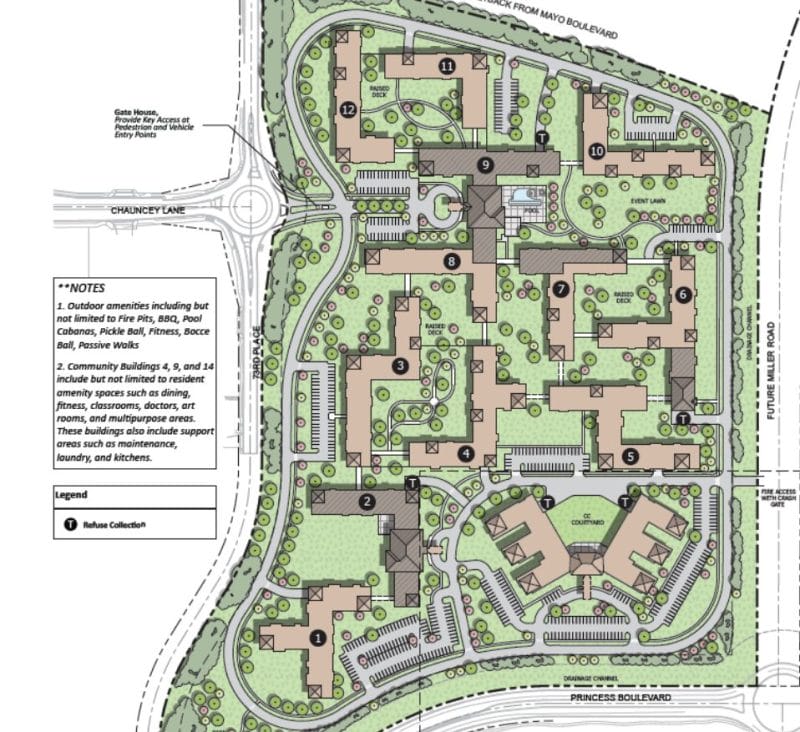
By Paul Basha, traffic engineer, Summit Land Management
Thank you for your thoughts on April 27th about driving after the current coronavirus pandemic has passed. Do you have any information or data about travel during the current pandemic?
Fortunately, a National Public Radio Morning Edition story provided an answer to this question. These data and information were also reported by the Washington Post, New York Times, Cable News Network, Fox News, USA Today, People Magazine, NBC, and ABC; among other news sources.
Data on travel patterns related to the Coronavirus Disease 2019 response was compiled by the Maryland Transportation Institute in partnership with the Advanced Transportation Technology Laboratory, both associated with the University of Maryland. The citations for this research and the website are:
Maryland Transportation Institute (2020). University of Maryland COVID-19 Impact Analysis Platform, https://data.covid.umd.edu, accessed on 7 May 2020, University of Maryland, College Park, USA.
Zhang L, Ghader S, Pack M, Darzi A, Xiong C, Yang M, Sun Q, Kabiri A, Hu S. (2020). An interactive COVID-19 mobility impact and social distancing analysis platform. medRxiv 2020. DOI: https://doi.org/10.1101/2020.04.29.20085472 (preprint).
The graphs below were developed by Summit Land Management from the tabular data provided by Dr. Lei Zhang and colleagues. The critical aspect of the data is the travel change from January, February, and early March to late March and April. The first two graphs compare Arizona data to United States nationwide data.

Dr. Lei Zhang developed a “Social Distancing Index” from 0 to 100. An index of 0 indicates 0% of the representative people in the designated community practiced social distancing. An index of 100 implies 100% of the representative people practiced social distancing. Social distancing was defined as “fewer chances for close-distance human interactions and virus transmissions”. The social distancing index considers six mobility metrics including percent staying home (dominant measure), travel distance, out-of-county trips, and reduction of trips compared to pre-infection conditions weighted toward non-work trips. These mobility data were derived “from multiple sources representing person and vehicle movements”, presumably primarily mobile telephone data. Each of these mobility metrics is further described at the referenced website.
The University of Maryland research provided the total miles driven in the designated area divided by the population in the designated area. Important to recognize that the miles-per-person data does not characterize travel by an individual, it consists of all travel. The mobility measure purports to represent the miles caused to be traveled by each person. For example, this statistic includes travel by delivery and service vehicles to stores, employment, government, restaurants, homes, and schools; in addition to travel directly by individuals for their own individual purposes.
The miles driven for (and by) each of us each day is rather high, and interestingly quite consistent throughout our country. The regular intermittent peaks? Those are Fridays – peculiar that we (or others for us) regularly drive more on Friday than the other four weekdays – though moreso in normal times than abnormal times. The lowest travel day? Monday. Habitual migration.

The Maryland Transportation Institute in partnership with the Advanced Transportation Technology Laboratory also provides specific data for each county in our country. For interest, mobility measurement graphs are provided for Maricopa County, and two counties with reportedly high virus infection rates. New York City actually consists of five counties (amazing what one can learn by reading). New York County is Manhattan, which was arbitrarily selected to represent New York City. Seattle proper is in King County, though its northern suburbs are in Snohomish County.


Reassuring that Siri and Alexa are watching over us, eh? Yevgeny Zamyatin, Aldous Huxley, and George Orwell so advised.
Curious about something traffic? Call or e-mail Paul at (480) 505-3931 and pbasha@summitlandmgmt.com.







